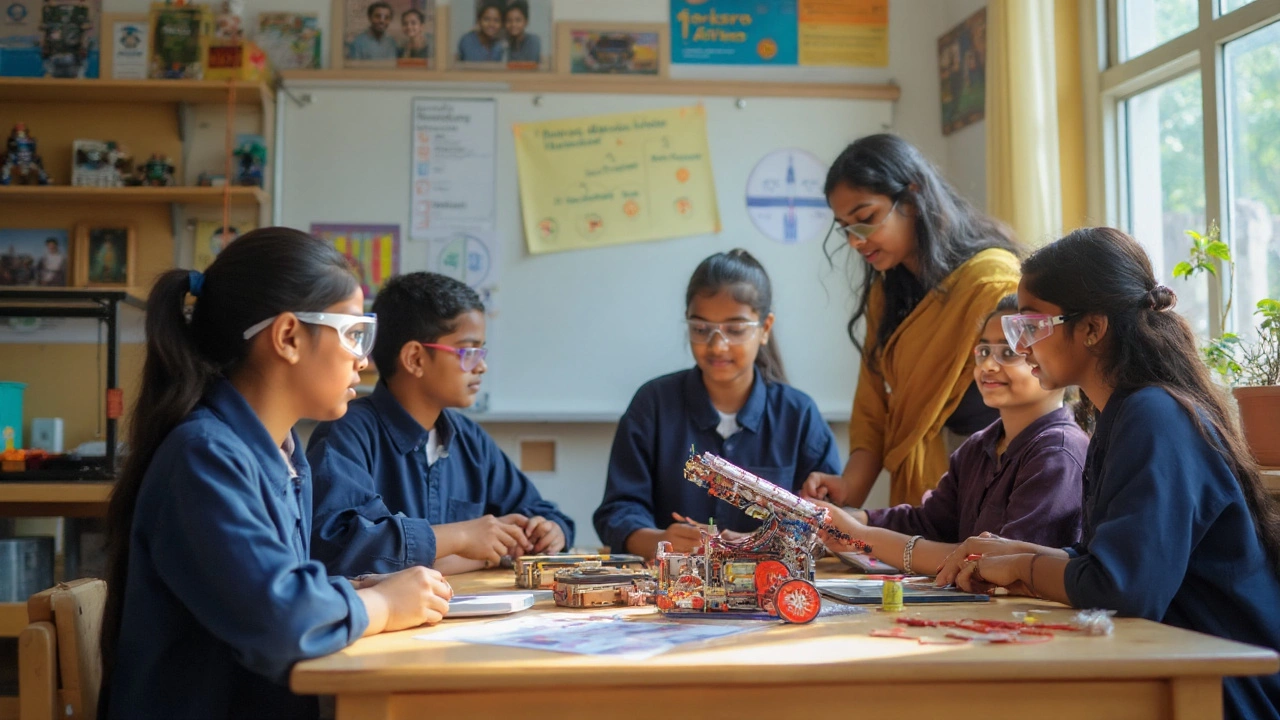STEAM vs STEM: What's the Real Difference and Why It Matters
When people talk about STEM, Science, Technology, Engineering, and Mathematics—a framework for teaching skills tied to innovation and problem-solving. It's the backbone of India's push to build engineers, data scientists, and researchers. But lately, you’ve heard STEAM, the same as STEM but with Art added in—meant to bring creativity, design, and human-centered thinking into technical fields. Also known as Science, Technology, Engineering, Arts, and Mathematics, it’s not just a buzzword—it’s a shift in how we teach kids to solve real problems.
Here’s the thing: STEAM vs STEM isn’t about which one is better. It’s about whether you’re training students to follow instructions—or to ask better questions. STEM gives you the tools: coding, math, lab techniques. But STEAM asks: Who is this for? How does it feel? Can it be beautiful and useful at the same time? Think of a public health program that saves lives—it’s not just about vaccines (STEM). It’s about how you design the campaign so people actually show up (STEAM). That’s why posts on public health interventions, technology transfer, and data science collaboration all need both sides. You can have the best AI model in the world, but if no one trusts it or understands it, it won’t get used.
India’s education system has long focused on STEM as a path to jobs—engineers, doctors, IT pros. But now, we’re seeing the gaps. Biotech startups fail not because the science is weak, but because the product doesn’t fit real needs. Renewable energy projects stall because communities aren’t involved in the design. Even data scientists, as one post points out, spend most of their time talking to nurses and warehouse managers—not just crunching numbers. That’s STEAM in action: listening, designing, adapting. The cleanest energy isn’t just wind or solar—it’s the one people actually adopt. The most effective health program isn’t the one with the most funding—it’s the one that respects culture, language, and daily life.
So what’s in this collection? You’ll find posts that show how innovation fails without human insight, how research gets stuck without good communication, and how real progress happens when science meets society. From how researchers get paid to why solar energy is growing so fast, every story here touches on the same truth: technology doesn’t change the world alone. People do. And that’s where art, design, empathy, and storytelling aren’t nice-to-haves—they’re the missing pieces in India’s STEM journey.




